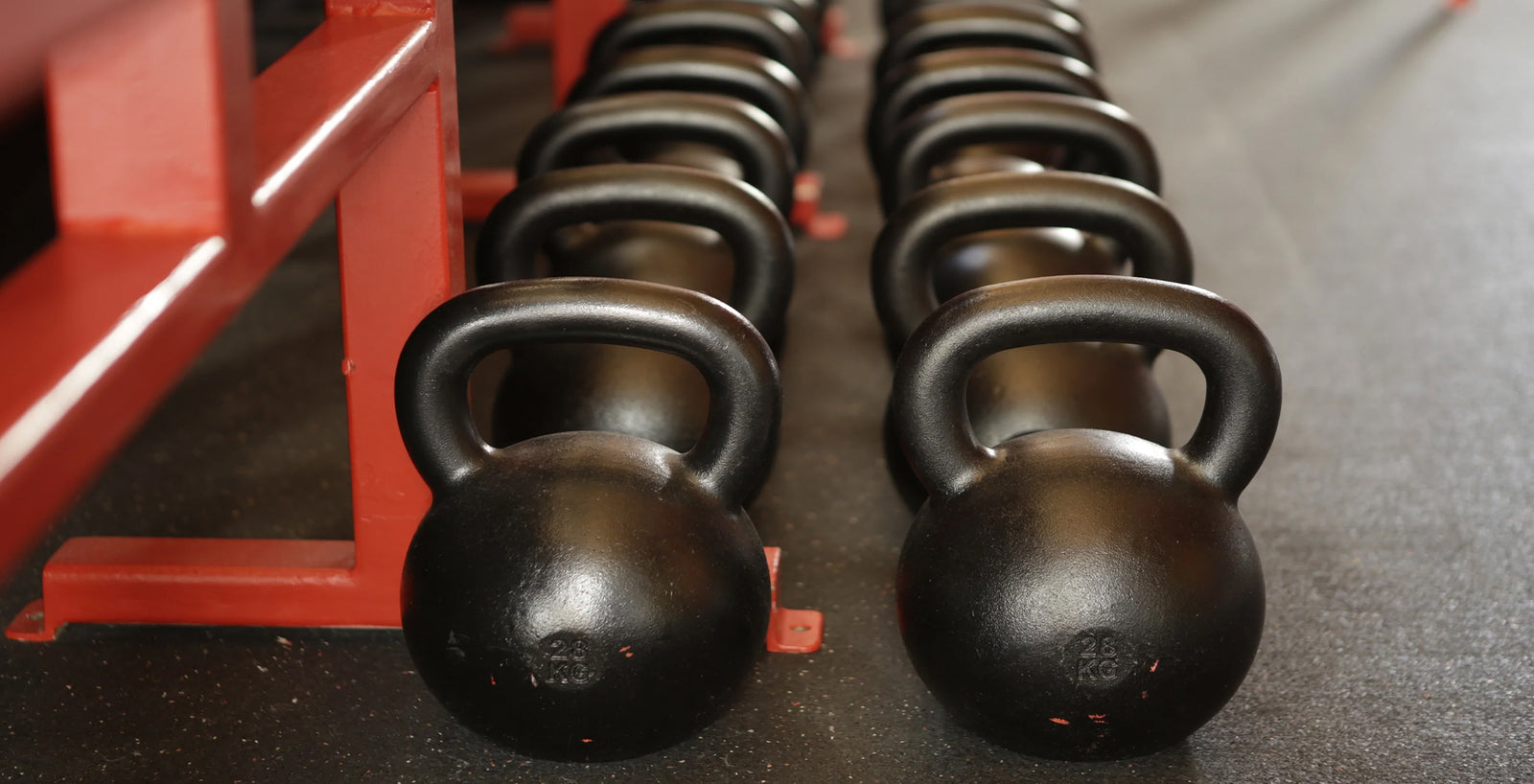Your Cart is Empty

Our society places a heavy emphasis on productivity. Countless YouTube gurus and life coaches preaching about “no days off” and “rest is for the weak." And, to be fair, there is nothing wrong with being active, productive, and in good physical shape. But there is a fine line and there is certainly a point of diminished returns.
However, the underemphasis of recovery after activity is becoming increasingly clear through research. Overtraining leads to tissue breakdown, overstressed body systems, and burnout.
So, to answer our initial question: is recovery or activity more important? The answer is that they are both vital, but recovery often takes a back seat to activity.
For the purposes of this article, let’s take a look at how much better we can perform in life, our daily activities, and our athletic pursuits if we place more emphasis on recovery.

Sleep is the body’s chance to fully reset and recover. No matter what happens throughout the day, it is critically important that we get sufficient quality sleep each night.
Furthermore, there is evidence that good sleep (7 or more restful hours) leads to improved strength in individuals as compared to their peers who do not achieve adequate sleep. It seems counterintuitive, but without proper rest, the workouts we perform are almost useless. Our bodies cannot function optimally without proper recovery, much of which occurs during sleep.
Pain is a complicated topic deserving of an article all on it’s own. It encompasses a subjective experience, which has strong ties to emotion and various sociological factors.
But when it comes to physical activity, we often experience the physical manifestations of pain in our muscles and joints.
Muscle soreness due to activity is often referred to as DOMS or Delayed-Onset Muscle Soreness. This phenomenon usually occurs 48-72 hours after a workout and, despite significant advancements in research surrounding exercise physiology and recovery, we still don’t fully understand DOMS.
However, we do know that it is not ideal to continue to train muscle groups when they are still very sore. These muscles are recovering, and breaking them down further during this time will often hinder muscle growth and repair.

Joint pain can develop due to a number of factors. Perhaps the most intuitive cause of joint pain is osteoarthritis. OA is a debilitating condition which affects nearly a quarter of the population.
Our bodies (especially our joints) will respond to the stresses placed upon them. If we do not take care of our joints by allowing them to rest and recover before they reach a breaking point, we may not be able to do the things we want to do in life (at least not for very long).
Ways to maintain the structural integrity of our joints include:
George Sheehan, an author and physician, has a great quote about athletes: “Everyone's an athlete. The only difference is that some of us are in training, and some are not.”
Whether our sport is football, crossfit, running, or even just walking; we’re all athletes. Thus, we need to take care of our bodies and heavily emphasize recovery. Active rest is the process of allowing our bodies to recover, without just laying down on the couch and watching TV (Although, occasionally, this is ok too). Some great ways to actively rest and get the most out of the time we spend recovering are as follows:
Many people wonder: “what should I do after a workout?” For years, people assumed that static stretching was absolutely essential for cool-down purposes after an exercise session.
Recently, there has been much controversy about whether or not individuals should perform passive stretching as part of a cool down. The jury is still out on this point, but it is widely agreed upon that stretching and mobility exercises should be incorporated into an active individual’s training program at some point throughout the week.
A recovery stretching routine should emphasize:
How do athletes recover so quickly? Well, depending on the level of athletic competition, many of them receive regular massages.
While the reader may correctly point out that massage is mainly a passive activity, there are active release techniques that incorporate movement from the client. Furthermore, this meta-analysis found that massage was one of the best recovery tools for athletes, so it is worthy of mention.
However, for one reason or another, massage may not always be a viable option for athletic recovery.
For instance, massages may not be readily available for a given individual because of:
One recovery option which is widely available to everyone, independent of any other factors, is low-intensity exercise. For example, if you typically perform higher intensity biking intervals for 45 minutes on your training days, a rest day might entail you taking a 30 minute, leisurely walk.
As contradictory as it sounds, rest and recovery can include some activity. However, the intensity of the activity should not be too taxing on your body. The goal of recovery should always be to optimize the growth and repair of tissue.

As you can see, recovery is a complex topic, but one that is absolutely essential to discuss with regards to active individuals. For this reason, all of the professionals at The Feel Good Lab are committed to creating products that help clients feel better, so that they can move better.
With natural, safe, and effective ingredients, The Feel Good Lab has created a new Sports Recovery Bundle to cover all of your basic recovery needs.